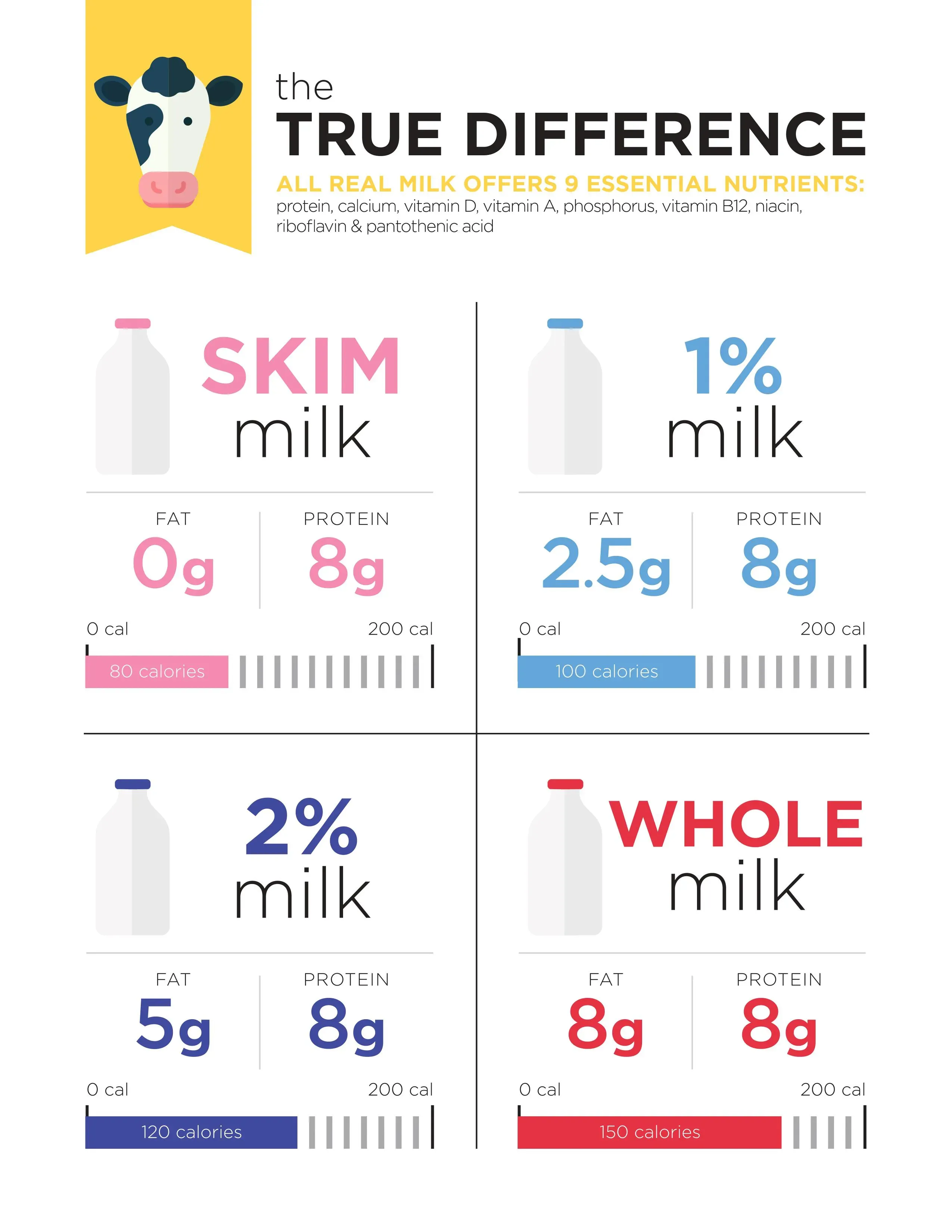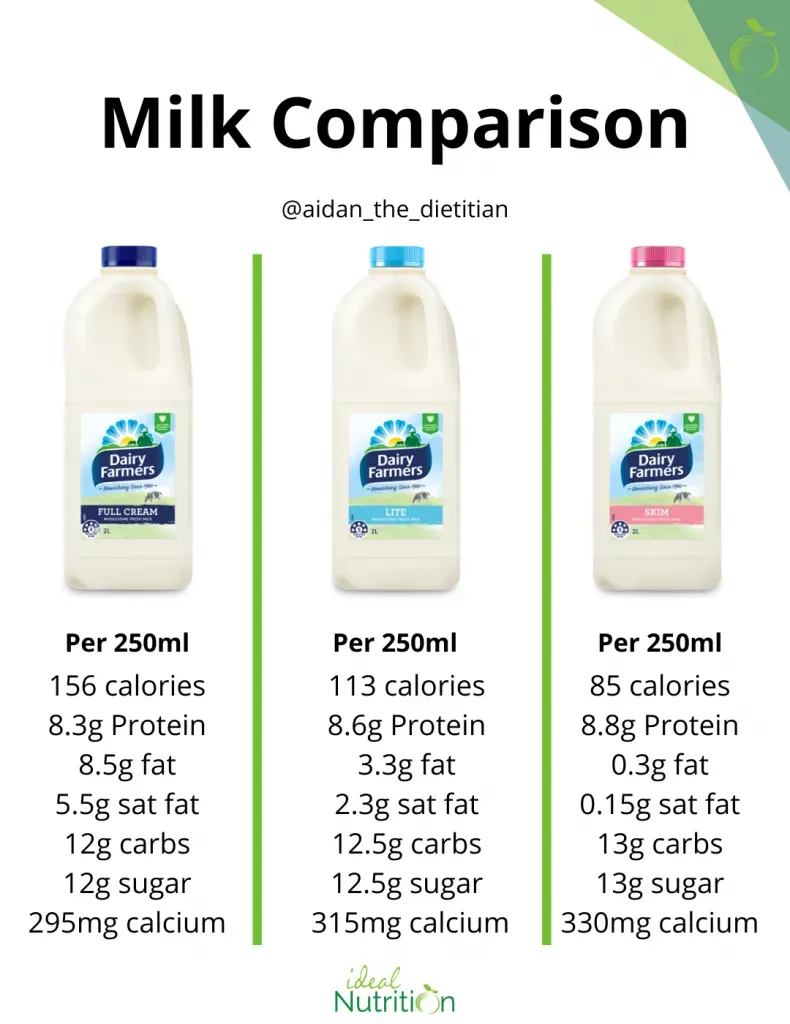Table of Contents
Walk down the dairy aisle, and you're faced with a sea of options. Whole milk, 2%, 1%, skim... it gets confusing fast. Many people grab a carton, assuming "low fat" and "skim" are interchangeable terms, like swapping 'soda' for 'pop'. But when you ask, is skimmed milk and low fat milk the same? The short answer isn't a simple yes or no, and understanding the distinction matters more than you might think, especially if you're watching your fat intake or just curious about what's actually in your morning cereal bowl. We're cutting through the marketing speak and getting to the hard facts about what separates these two common milk types. This article will lay out the precise definitions, the numbers behind the labels, and why knowing the difference could change how you choose your milk.
What Exactly is Skimmed Milk Anyway?
What Exactly is Skimmed Milk Anyway?
Pulling Back the Curtain on Skimmed Milk
so you're wondering about skimmed milk. Think of it this way: you start with whole milk, which is basically milk straight from the cow before they mess with the fat content. That whole milk goes through a process called centrifugal separation. Imagine a super-fast spinner. This machine spins the milk like crazy, and because fat is lighter than the liquid part of the milk (the skim), the fat gets pushed to the outside. The machine then skims that fat layer off, hence the name "skimmed milk." It's a pretty efficient way to get rid of almost all the fat.
The Result: Very Little Fat Left Behind
After the fat is separated out, what you're left with is liquid that is incredibly low in fat. According to U.S. regulations, milk labeled as "skim" or "fat-free" must contain less than 0.5 grams of milk fat per serving. That's a tiny amount, practically negligible compared to the 8 grams or so you'd find in a cup of whole milk. This process significantly changes the milk's texture and taste; it feels much thinner and has a less rich, creamy flavor because that fat is gone. It's a deliberate process aimed specifically at removing as much fat as possible.
- Skimmed milk starts as whole milk.
- Centrifugal separation removes the fat.
- Must contain less than 0.5g fat per serving in the U.S.
- Results in a thinner texture and less rich taste.
LowFat Milk: How Does it Compare?
LowFat Milk: How Does it Compare?
Understanding the "Low-Fat" Label
Now, let's pivot to low-fat milk. This isn't just marketing speak for "less fat than whole milk." It's a specific category, primarily referring to milk with either 1% or 2% milk fat by weight. Think of it as whole milk that's been partially processed to reduce, but not eliminate, the fat. It still undergoes that centrifugal separation we talked about with skimmed milk, but the process stops before all the fat is removed. They leave a calculated amount in there. So, while it's definitely *lower* in fat than full-fat milk, it's not aiming for that near-zero fat level that skim milk does. It's a middle ground, a compromise between creamy richness and fat reduction.
Where Low-Fat Sits on the Spectrum
Comparing low-fat milk to whole milk (around 3.25% fat) and skim milk (less than 0.5% fat) shows you exactly where it lands. A cup of 2% milk typically has about 5 grams of fat, while 1% milk clocks in around 2.5 grams. This retained fat gives it a noticeably different mouthfeel than skim milk. It feels thicker, less watery, and carries more of that familiar milky flavor because fat holds onto flavor compounds better. It's still a reduction from whole milk, obviously, but it retains some of the characteristics that skim milk loses entirely in its quest for minimal fat. So, when people ask is skimmed milk and low fat milk the same, the fat content alone tells you they are not.
Milk Type | Approximate Fat Content Per Cup | Texture/Taste |
|---|---|---|
Whole Milk | ~8 grams (3.25%) | Creamy, rich |
2% Low-Fat Milk | ~5 grams (2%) | Moderately creamy |
1% Low-Fat Milk | ~2.5 grams (1%) | Slightly thin, more body than skim |
Skim Milk (Fat-Free) | < 0.5 grams (< 0.5%) | Thin, watery |
Is Skimmed Milk and Low Fat Milk the Same? The Numbers Don't Lie
Is Skimmed Milk and Low Fat Milk the Same? The Numbers Don't Lie
Breaking Down the Fat Percentages
Alright, let's get down to brass tacks. When you ask is skimmed milk and low fat milk the same, the most definitive answer comes from the numbers on the carton. We're not talking about subtle differences here; the fat content is where these two milk types diverge significantly. Skim milk, by definition in the U.S., has less than 0.5% milk fat. That's less than half a gram per 8-ounce serving. Low-fat milk, on the other hand, comes in two main flavors: 1% and 2%. That means 1% milk has about 2.5 grams of fat per serving, and 2% milk packs around 5 grams. See the gap? It's not insignificant.
Calories and Beyond: What the Fat Means
That difference in fat isn't just about grams on a label; it translates directly to calories. Fat contains more calories per gram than protein or carbohydrates. So, while the protein and carb content might be similar between skim and low-fat milk, the calorie count will differ. Skim milk is the lowest calorie option because it has the least fat. 1% and 2% milk will have progressively more calories. This is a key factor for anyone tracking calorie intake. Beyond calories, fat also affects the absorption of fat-soluble vitamins (A, D, E, K) that are added back into fortified milk. While milk is fortified, the presence of some fat can potentially aid in absorbing these nutrients.
Think about it like this:
- Skim milk: Minimal fat, lowest calories.
- 1% milk: Some fat, more calories than skim.
- 2% milk: More fat than 1%, more calories than skim.
- Whole milk: Most fat, highest calories.
The Core Difference Boils Down to Fat Removal
At the end of the day, the question "is skimmed milk and low fat milk the same" is answered definitively by the amount of fat intentionally left in or removed from the milk during processing. Skimming aims for near-total fat removal. Low-fat processing reduces fat but leaves a specific, measured amount behind. It's a deliberate choice made by the dairy processor, resulting in distinct nutritional profiles and sensory experiences. The difference isn't just a name; it's a quantifiable metric with implications for your diet.
Choosing Your Pour: Why the Fat Difference Matters
Choosing Your Pour: Why the Fat Difference Matters
Beyond the Label: Taste, Texture, and Use
So, we've established that when you ask is skimmed milk and low fat milk the same, the answer is a clear no based on fat content. But why should that matter when you're standing in the dairy aisle? It boils down to experience and application. That little bit of fat in 1% or 2% milk makes a noticeable difference in how the milk feels in your mouth and how it tastes. Skim milk can feel thin, almost watery, which some people find unappealing, especially if they're used to whole milk. Low-fat milk retains some of that creamy body, making it more satisfying for drinking straight or pouring over cereal.
This difference in texture also impacts how the milk performs in things like coffee or cooking. Skim milk tends to separate more easily in hot beverages and doesn't contribute the same richness to sauces or baked goods as milk with more fat. Low-fat milk, while not as robust as whole milk, still offers a better emulsification and a smoother finish in culinary uses compared to its fat-free counterpart. It's not just about health numbers; it's about how you plan to use the milk.
Nutritional Impact: Calories and Nutrient Absorption
The fat content isn't just about mouthfeel; it has real nutritional consequences. As we touched on, the more fat, the more calories. If you're strictly calorie counting, skim milk offers the lowest number. However, milk is often fortified with fat-soluble vitamins like A and D. While these vitamins are added regardless of fat level, the presence of fat in low-fat milk can potentially enhance the body's ability to absorb them. It's a minor point for most people with a balanced diet, but worth considering if milk is a primary source of these vitamins for you.
Ultimately, the choice between skim and low-fat milk often comes down to a trade-off between minimal fat/calories and a more palatable texture/potential for better vitamin absorption. Neither is inherently "bad" or "good"; they simply offer different profiles to meet varying dietary needs and taste preferences. Knowing the actual difference empowers you to make the decision that feels right for your own pour.
- Consider taste and texture preference.
- Think about how you'll use the milk (drinking, coffee, cooking).
- Factor in your calorie goals.
- Remember the potential for enhanced fat-soluble vitamin absorption with some fat present.
The Final Pour: Skim vs. Low-Fat
So, is skimmed milk and low fat milk the same? Clearly, they are not identical twins in the dairy family. Think of them more like cousins with different fat percentages. Skim milk gets pretty much all the fat stripped out, aiming for that <0.5% mark. Low-fat milk, whether it's 1% or 2%, still holds onto a bit more. This isn't just splitting hairs on a nutrition label; it's a real difference in fat content that impacts calories and how the milk feels and tastes. Your choice ultimately depends on your dietary goals and what you prioritize in your glass, but at least now you know the score and aren't just guessing.
